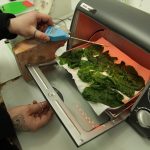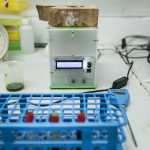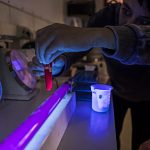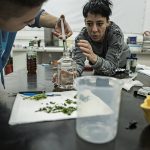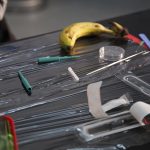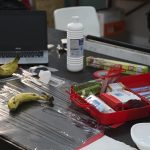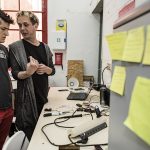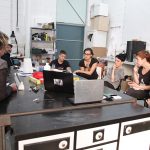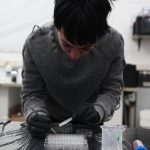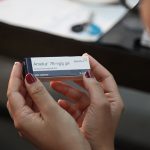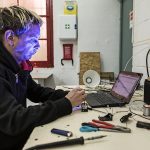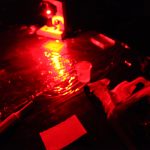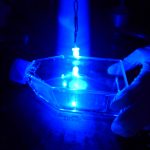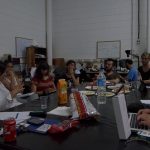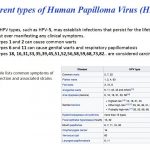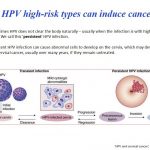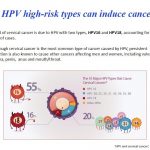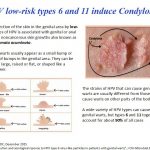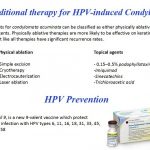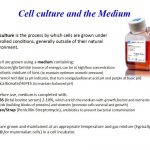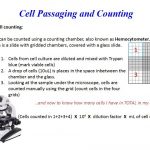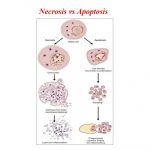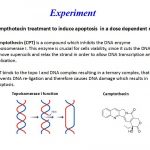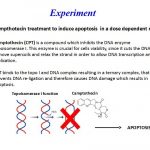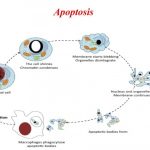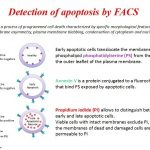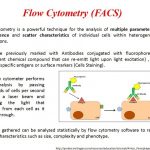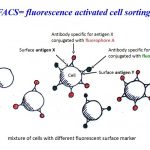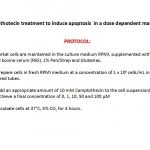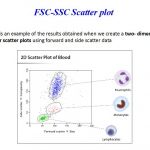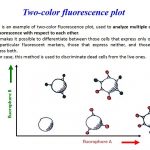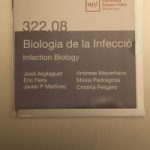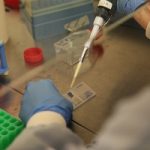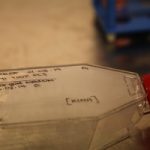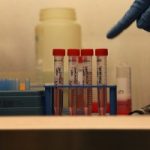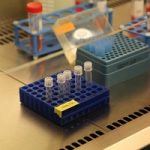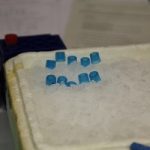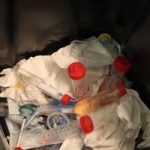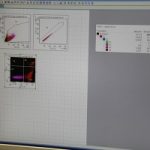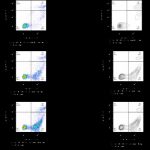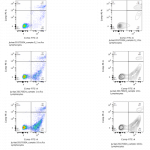[leer en español]
‘I want to use the beady little eyes of a laboratory mouse to stare back at my fellow mammals, my hominid kin, as they incubate themselves and their human and non-human offspring in a technoscientific culture medium’.
Donna Haraway, Modest_Witness@ Second_Millenium. Femalemale©_Meets_Oncomouse®: Feminism and technoscience.
This project departs from a medical self-experimentation process on condylomata acuminate, an STD produced by HPV (Human Papiloma Virus) that one member of Quimera Rosa lives with. This work consists in the development of the necessary protocols and tools to implement a DIY-DIWO photodynamic Therapy (PDT) treatment for genital warts. PDT is a low invasive technique with great results on localized cancer and skin diseases that is based in the activation of a photosensitive molecule through a light source to generate apoptosis (cell death). However, the access of this innovative technique is still limited (only implemented in private clinics and a few hospitals in certain countries). All protocols are well documented and accesible, and there is already a scientific consensus that: “PDT can be considered a highly effective and safe treatment option for anogenital condylomata acuminata” (http://www.ijidonline.com/arti).
Thus, the main goal of this project is to open the black box, in hacker language, or to open the pill, as AIDS activist used to say.
The aim is to replicate and make knowledge accessible. On another side, from an artistic approach and through the performative dimension of self-experimentation, we want to locally build a critical mass of users-experts (understanding users as experts) and be able to establish an open and critical dialogue with the health institution.
We aspire to the formation of a diverse, plural group which highlights the intersections at play in sexually transmitted diseases such has HPV. Giving the tools to avoid oppositional attitudes with regards to the care, prevention and contagion with abject and multiple sexualities, or rather to find a more creative dialogue for them.
Another aim for this project is to create knowledge that breaks the taboos in relation to the ‘diseased’ body. By considering that a body is always a diseased body and disease as inherent in life, we can use disease as a creative tool to deconstruct the normalizing processes produced through the notion of a healthy body.
About HPV
> The Human Papilloma Virus is one of the most common sexually transmitted diseases.
> There are more than 100 different virus types.
> The majority of HPV types identified do not cause any symptoms in most people.
> Some types of HPV can cause verrucae or condylomata (HPV 6 and 11), whilst other can lead to subclinical infections, which can (in a minority of cases) cause cancer of the cervix, vulva, vagina, anus or penis.
> The HPV types 16, 18, 31, and 45 are cancerogenous, with a high oncologic risk. Types 33, 35, 39, 51, 52, 56, 58, 59, and 66 are so too, though not as much.
> Between thirty and forty types of HPV are usually transmitted through sexual contact and infest the anogenital region.
> Recurring infections with some sexually transmitted HPV types, labelled as ‘high risk’ (different to those types causing verrucae) can evolve and produce precancerous lesions and invasive cancer.
> Most people infected by HPV is unaware of it.
> Most HPV infections in young people are temporary and have little relevance in the long run. 70% of the infections clear in a year, and 90% of them in two years.
> HPV infection is the main culprit for almost all cervical cancer cases, although in most of these infections with this type of virus, no pathology becomes manifest.
> Don’t be afraid, whatever your sexual practices, undergoing cytology every 3 years you can avoid any cancerogenous development of the virus.
> There are DIY tests to detect HPV and there’s much documented information available. For this, see Gyne-punk project:
https://hackteria.org/wiki/HPV
https://we.riseup.net/groups/gynepunklab/pages#/tag/HPV
Photodynamic Therapy Replication Kit [zine]
This kit gathers some of the experiments underway, as well as the knowledge and tools pertinent to the processes developed during the residency in the laboratory Prototyp_ome during 2017.
Prototyp_ome, a collaboratory composed by the Center of artistic research and production Hangar, the Biomedical Research Park in Barcelona, DIYbio BCN, and the transhackfeminist collective Pechblenda. With the support of Fundación Carasso.
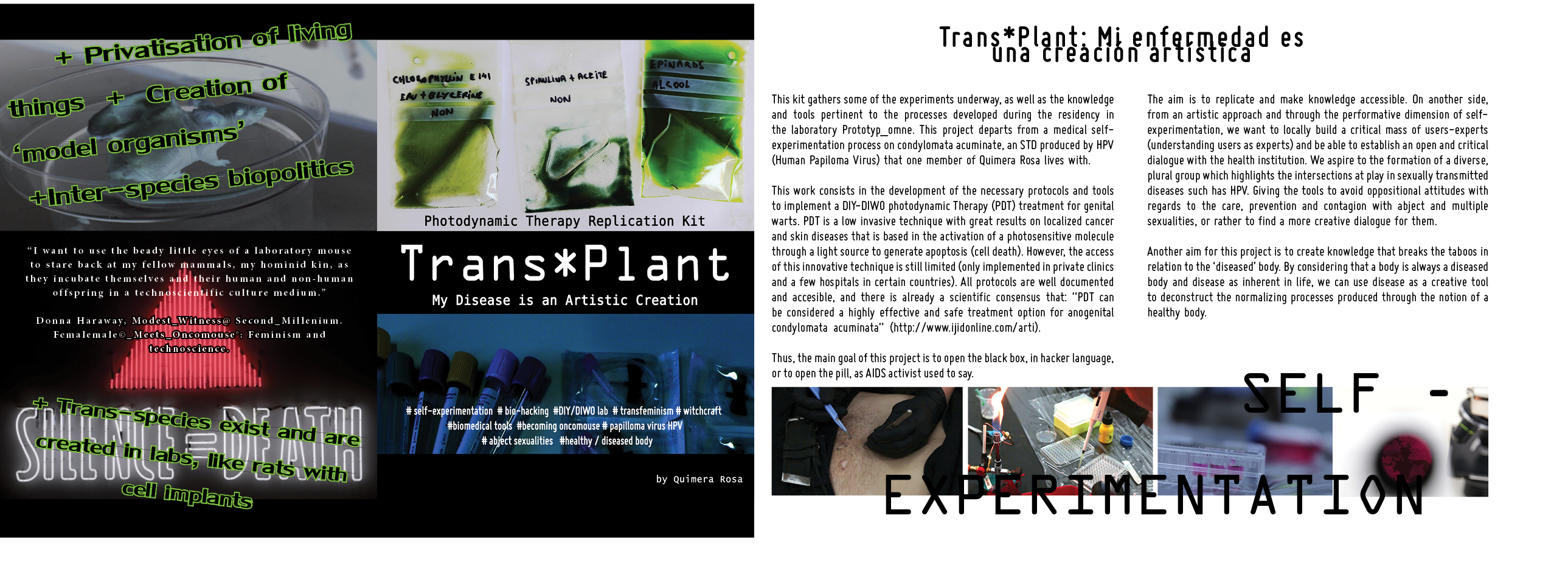
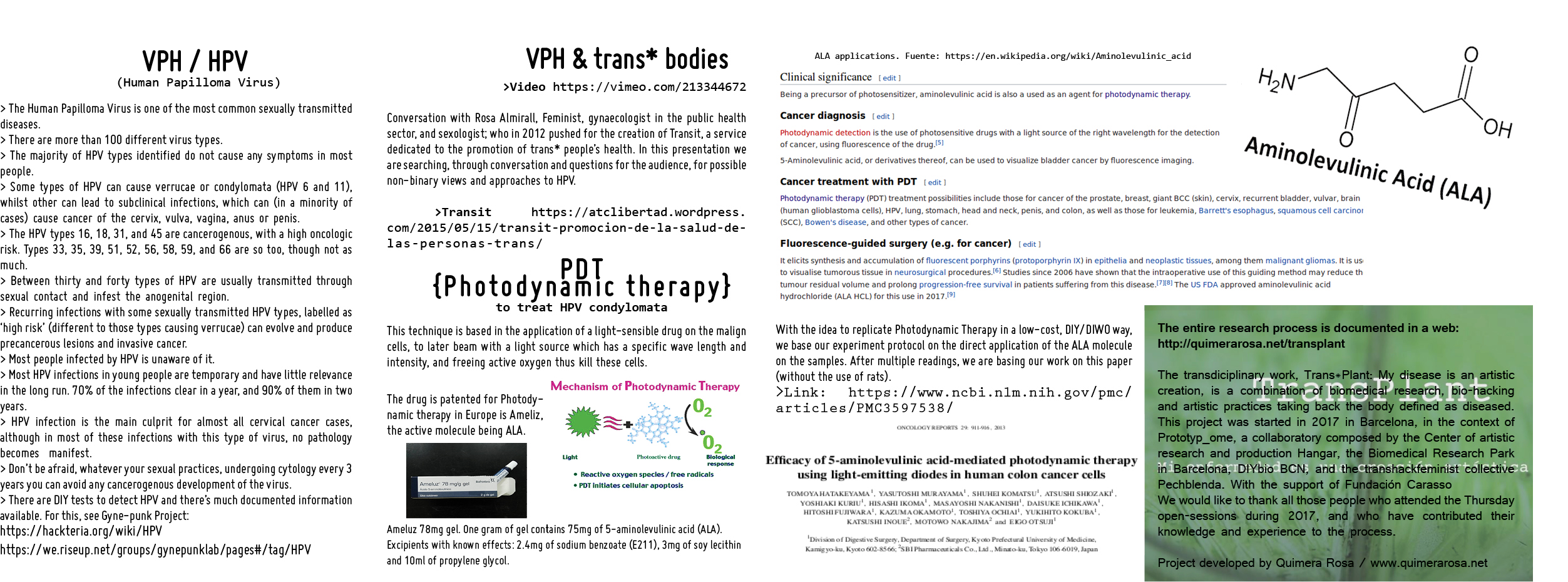
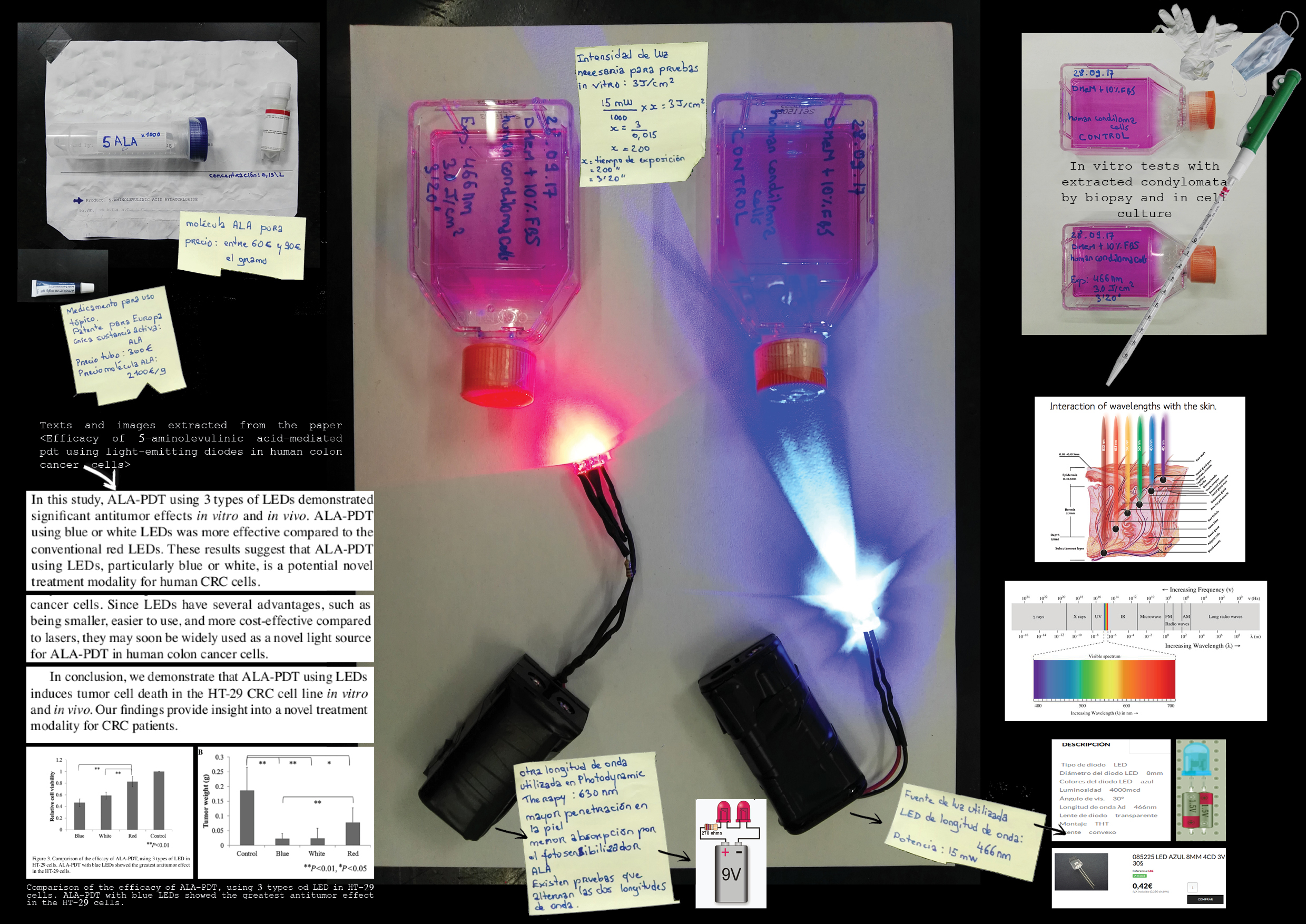
HPV & Trans* bodies
Non-binary approaches to the Papiloma virus
Conversation with Rosa Almirall, Feminist, gynaecologist in the public health sector, and sexologist; who in 2012 pushed for the creation of Transit, a service dedicated to the promotion of trans* people’s health. In this presentation we are searching, through conversation and questions for the audience, for possible non-binary views and approaches to HPV.
Work Group
From the artistic side and through the performative dimension of self-experimentation, we want to locally generate a critical mass of users / experts (understanding users as experts).
It is about constituting this group, paying special attention to collective whose access to public health is complicated when not impossible as sex workers, LGTBIQ people, undocumented migrants, many of whom are very exposed to the virus. And that this group also includes scientists, health personnel, public authorities, and perhaps to influence the introduction of PDT in outpatient clinics.
With the aim of generating a community of users / experts, the #JuevesAbiertos were developed within the framework of the residences that we had throughout the year 2017 in the WetLab of Hangar. Throughout these sessions, we worked collectively on tools and technologies of biological exploration linked to the research project.
Contenido de las sesiones:
- Special guest: Miriam Vega, illegal acromegalic Disability, investigator in theory crip. Text written by Miriam about our meeting: http://www.miriamvega.es/conexion-con-las-quimera/
- First in vitro tests of Photodynamic Therapy from a biopsy.
- Presentation of lab and its tools. Safety instructions Introduction to tools
- Open talk with Belén Lloveras, pathologist at Hospital del Mar with extensive experience in Human Papillomavirus (HPV).
- Work on light sources used in Dynamic Phototherapy (FTD) and its different types: light-emmiting diodes (LEDs), lasers, halogens, sunlight. Notions of wavelength, frequency, power and intensity.
- DIY replication of models used in FDT in combination with the molecule 5-Aminolevulinic acid (ALA) used to treat different types of localized cancers, HPV, skin problems, herpes or bacterial infections. Development of a low-cost light intensity meter with Arduino.
- Start-up of the incubator for cells Introduction to the work with cells Study of the Photodynamic Therapy protocol with 5-aminolevulinic acid + LED of 466 nm First tests of Photodynamic Therapy
Residencia PRBB
As part of the residence Prototyp_ome we have been working for two days in the Department of Biology of Infection (Andreas Meyerhans and Jordi Argilaguet) of the Resercha Biomédica de Barcelona Park. Workshop given by Valentina Casella (Biology of infection) ||| With the scientific translation, the accompaniment and the laughs of Nuria Conde (DiyBio Barcelona)
About HPV and Photodynamic Therapy
Working with cells
Protocols


